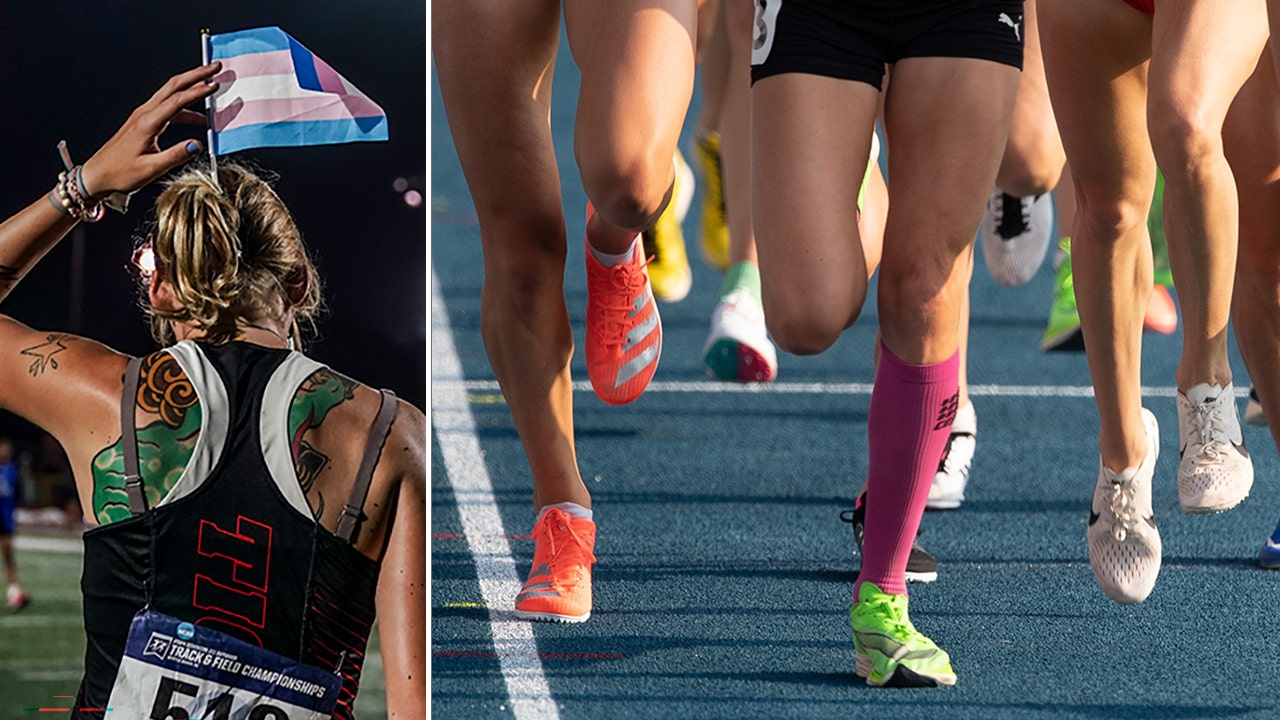
A California high school student has publicly criticized her school’s decision to allow a transgender athlete to compete on the girls’ cross-country team, sparking a debate about fairness and inclusion in school sports.
Kylie Morrow, a 16-year-old runner at Martin Luther King High School in Riverside, addressed the school board, expressing concerns about the impact of the transgender athlete’s inclusion on her team. She argued that the athlete’s presence displaced a biological female teammate from a varsity spot and created an obvoius unfair competitive environment.
Morrow also defended her teammates who filed a lawsuit against the school after being told their “Save Girls Sports” t-shirts were comparable to swastikas. She criticized the school’s administration for allegedly prioritizing the transgender athlete’s needs over the concerns of the rest of the team.
Furthermore, Morrow expressed feeling unsafe sharing a locker room with a biological male, highlighting the potential discomfort and privacy concerns that can arise in such situations.
This incident reflects a broader debate occurring in California and across the United States regarding the inclusion of transgender athletes in women’s sports. Supporters of inclusion argue that transgender athletes should be allowed to compete based on their gender identity, while others raise concerns about potential competitive advantages and the impact on the integrity of women’s sports.
The controversy at Martin Luther King High School is not an isolated incident. Several other schools in California have faced similar situations, with some teams forfeiting matches rather than competing against teams with transgender athletes. This issue has also reached the collegiate level, with San Jose State University’s volleyball team facing controversy and forfeited matches due to the inclusion of a transgender athlete.
The debate surrounding transgender athletes especially in women’s sports is multifaceted, with strong opinions on both sides. As these controversies continue to unfold, schools and athletic organizations are grappling with finding solutions that balance fairness, inclusion, and the rights of all athletes.
About the author
Robert Prevost’s Unexpected Path to the Papacy
Tonight, from the Vatican, a stunning development that will reverberate across the Catholic world. The College of Cardinals, in a move that has surprised many, has reportedly chosen Robert Prevost as the successor to the papacy. A figure perhaps less known on the global stage than some of the speculated frontrunners, Robert Prevost's ascent marks a potentially significant turning point for the Church. Robert Prevost, an American prelate who has been serving as the Prefect of the Dicastery for Bishops, a crucial Vatican department responsible for recommending candidates for bishoprics worldwide, is now poised to take on the monumental task of leading over a billion Catholics. His background, notably his long service as a missionary in Latin America, particularly in Peru, offers a compelling narrative of a life dedicated to the pastoral needs of the faithful in the developing world. […]
David Balogun May 8, 2025
Civilian Lives Lost Amidst India-Pakistan Retaliation
Tonight, from the volatile Line of Control that divides India and Pakistan-administered Kashmir, we are receiving deeply concerning reports of civilian casualties following a dangerous escalation of tensions. This after Pakistan's response to India's earlier air strikes manifested in cross-border shelling, leaving a trail of destruction and loss in its wake. Consider the human cost. Buava Singh, a resident of the Poonch district on the Indian side, recounted a devastating scene. A mortar shell, he says, ripped through his niece Ruby Kaur's home in the dead of night. She had simply woken to prepare tea for her ailing husband when tragedy struck. The shrapnel, Singh described, caused fatal head wounds. Ruby Kaur is now dead, and her daughter gravely injured. Adding to the vulnerability, Singh stated the absence of community bunkers in the area, forcing civilians to seek the fragile […]
David Balogun May 7, 2025
Inter vs. Barcelona Delivers a Champions League Semi-Final for the Ages
Wow. Just wow. If you missed the Champions League semi-final between Inter and Barcelona, what were you even doing? Because what we just witnessed here in the Inter vs. Barcelona match, folks, was not just a game of football. It was an experience. A three-and-a-half-hour odyssey, punctuated by a staggering 13 goals, a trio of substitute stampedes onto the pitch, and then, almost poetically, as if the heavens themselves were moved by the sheer drama, the rain began to fall. It felt like a cleansing, a baptism after two sides had poured every single ounce of themselves onto that hallowed San Siro turf. We were in a realm beyond strategy boards and tactical formations, a place where pure will and heart collided. This wasn't your typical Champions League semi-final; it was an elongated scream of passion, the kind of spectacle […]
David Balogun May 7, 2025
Northampton Shocks Leinster to Reach Champions Cup Final
Well, tonight in Dublin, at the hallowed RDS Arena, we witnessed a seismic shift in the landscape of European rugby. A script no one truly predicted unfolded as Northampton Saints, against all expectations, delivered a jaw-dropping 37-34 defeat to the mighty Leinster, punching their ticket to the Investec Champions Cup final. Consider this: Leinster, the perennial contenders, the standard-bearers of defensive prowess in this competition, had conceded a mere seven tries en route to this semi-final. Seven. Tonight, the Saints, with a relentless attacking fury, breached that seemingly impenetrable wall five times. Five tries, including a hat-trick of blistering scores from the electrifying Tommy Freeman. This was not just a victory; it was a drama of epic proportions. Ten tries were scored in a breathless encounter, a seesaw battle that kept us on the edge of our seats until the […]
David Balogun May 3, 2025
Osimhen Eyes New Scoring Landmark as Galatasaray Battles Sivasspor
Tonight in Istanbul, under the floodlights of Rams Park, Victor Osimhen, the undeniable engine of Galatasaray's Super Lig title aspirations, stands on the precipice of a significant personal achievement. The Nigerian international, a force of nature at 26 years old, currently leads the league's scoring charts with a formidable 22 goals, a testament to his predatory instincts in front of the net. He holds a slender two-goal advantage over Istanbul Başakşehir's Krzysztof Piatek. While the collective glory of a Super Lig triumph undoubtedly fuels Osimhen, the heart of a striker beats with the rhythm of individual milestones. Tonight's encounter against Sivasspor offers him a golden opportunity to not only widen the gap on his nearest rival but also to etch his name further into the annals of his own impressive career. Consider this: Osimhen has already tallied a staggering 31 […]
David Balogun May 3, 2025
UFC Legend Mark Kerr’s Dramatic Life Story Comes to Screen with Dwayne Johnson in Lead Role
UFC pioneer Mark Kerr's tumultuous journey through the early days of mixed martial arts is set to captivate audiences in the upcoming biopic "The Smashing Machine," featuring a transformed Dwayne Johnson in what many are calling his most dramatic role to date. Kerr, now 56, earned his intimidating nickname "The Smashing Machine" through his devastating fighting style during MMA's formative years, when fighters often competed multiple times in a single night. The Ohio native's remarkable career included four first-round stoppage wins at UFC 14 and UFC 15 in 1997, with his longest bout lasting just 133 seconds. However, the film delves beyond Kerr's octagon dominance to explore his harrowing struggle with painkiller addiction, which culminated in a life-threatening overdose in 1999. The biopic draws inspiration from the acclaimed 2002 HBO documentary of the same name that chronicled Kerr's rise, fall, […]
David Balogun April 29, 2025
Related
Anfield Evacuated Minutes Before Liverpool and Athletic Bilbao Match
Liverpool's Anfield Main Stand was evacuated prior to their scheduled friendly match against Athletic Bilbao on Sunday. The fixture was set to kick off at 5:00 p.m., with a second match between the same teams planned for 8:00 p.m. Spectators were directed to leave the stadium immediately after an alarm activation, as they were taking their seats. Officials have not yet disclosed the reason for the evacuation. Spectators leaving the stadium The matches represent Liverpool's preparation for the new Premier League season, featuring a combination of first-team players and academy prospects across two separate games against the Spanish club. The squad for the opening fixture includes Darwin Nunez, Alexis Mac Allister, Curtis Jones, Harvey Elliott, Kostas Tsimikas, and Andy Robertson among the senior players selected. These friendlies mark Liverpool's return to Anfield following the tragic death of Diogo Jota. The […]
Peter Atitebi August 4, 2025
Messi Delivers Last Second Miracle Pass to Save Inter Miami From Embarrassment
Lionel Messi recorded two assists, including a crucial setup in the match's final moments, as Inter Miami defeated Atlas 2-1 in their Leagues Cup opener at Fort Lauderdale, Florida. The match marked Messi's return following a one-game suspension imposed by Major League Soccer for missing the All-Star game, along with teammate Jordi Alba. The 38-year-old Argentine proved decisive by setting up Marcelo Weigandt for the match-winning goal in stoppage time on Wednesday night. "It's a competition that we always do well in," Messi stated in Spanish during his post-match Apple TV interview. "I think we did a great job against a great team." Messi's first assist came in the 58th minute when he received a through ball from Sergio Busquets before delivering it to Telasco Segovia for an easy finish to open the scoring. Atlas responded through Rivaldo Lozano's equalizer […]
Ayoola Atitebi July 31, 2025
THOUSANDS Storm London Streets as Lionesses Victory Parade Takes Over Central London!
Thousands of supporters are expected to gather in central London on Tuesday for an open-top bus celebration following England's European Championship victory. The Lionesses secured their title defense through a penalty shootout victory against Spain in Basel, Switzerland, on Sunday. The celebration will feature the team and head coach Sarina Wiegman traveling along the Mall near Buckingham Palace shortly after midday, with fans lining the route. A trophy ceremony at the Queen Victoria Memorial will follow, hosted by former England player Alex Scott. The Football Association is organizing the free event and has advised attendees to plan carefully due to expected high attendance levels. FA Chief Executive Mark Bullingham expressed pride in the team's achievement, stating the celebration would allow fans to "be part of history" and create lasting memories. Celebrations began Monday afternoon when the team arrived at Southend […]
Peter Atitebi July 29, 2025
Trump Opens Secret New Golf Course Before Air Force One Departure!
US President Donald Trump will inaugurate a new golf course at his Aberdeenshire resort on Tuesday, marking the conclusion of his five-day Scottish visit. The ribbon-cutting ceremony for the second 18-hole course at Trump International Scotland in Menie will precede his departure to the United States aboard Air Force One. Trump has participated in multiple golf rounds during his stay in Scotland, playing at his Turnberry resort in Ayrshire on Saturday, Sunday, and Monday. The Turnberry location also served as the venue for bilateral discussions between Trump and Prime Minister Sir Keir Starmer on Monday, followed by an extended press conference. Donald Trump and Keir Starmer During the press conference, Trump addressed various topics, including his relationship with Scotland. The Republican leader expressed his affection for the country, stating he possessed "great love" for Scotland and desired to see the […]
Peter Atitebi July 29, 2025
Former Champion Robert Whittaker Stunned By Underdog In Split Decision Thriller
Reinier de Ridder delivered the most significant victory of his UFC career at UFC Abu Dhabi, defeating former middleweight champion Robert Whittaker by split decision in a closely contested battle at the Etihad Arena. De Ridder (21-2) claimed his third victory of 2025 against the Australian veteran, with two judges scoring the middleweight bout 48-47 in his favor while the third judge scored it 48-47 for Whittaker. "I don't want to fight like this man, this guy was too tough," de Ridder said in his post-fight interview Saturday. "I expected to take him down. He was so tough, so durable. Heavy hands." The Dutch fighter faced a significant challenge in round three when Whittaker dropped him with a right hand to the chin within the opening minute. Despite the knockdown, de Ridder recovered and demonstrated superior output throughout the contest, […]
Ayoola Atitebi July 27, 2025
High Court Decision Awaited on Wimbledon Tennis Site Expansion Challenge
A High Court judge is scheduled to deliver a ruling on Monday regarding a legal challenge to the approved expansion of the Wimbledon tennis venue. Save Wimbledon Park (SWP) campaigners brought the challenge against the Greater London Authority's (GLA) 2023 decision to approve the All England Club's development plans. The proposed expansion would nearly triple the tournament site's size by adding 38 tennis courts and constructing an 8,000-seat stadium on the former Wimbledon Park Golf Club grounds. Mr. Justice Saini will announce his decision at 2pm on Monday. The All England Club acquired the golf club property from members in 2021 with development intentions, subsequently submitting planning applications to both Merton and Wandsworth councils, as the park spans both boroughs. The comprehensive development plans include tennis courts, supporting infrastructure, seven maintenance buildings, access points, and designated parkland areas with public […]
Peter Atitebi July 21, 2025



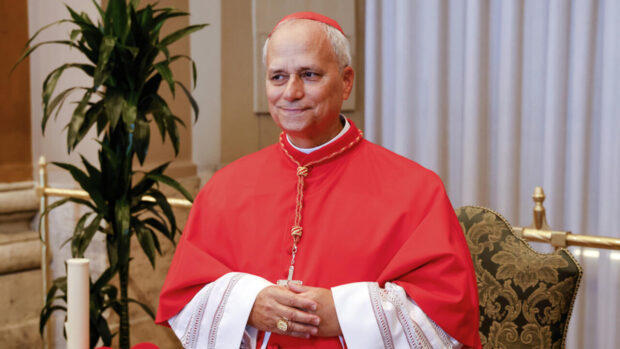
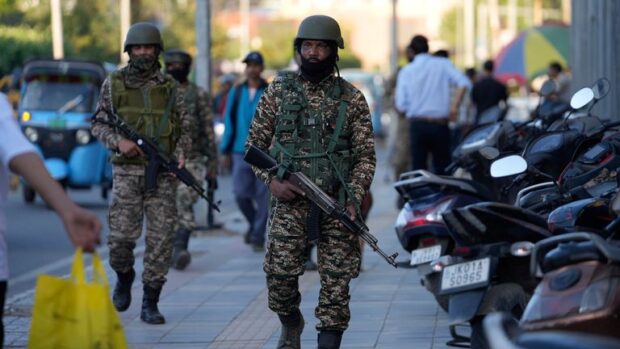

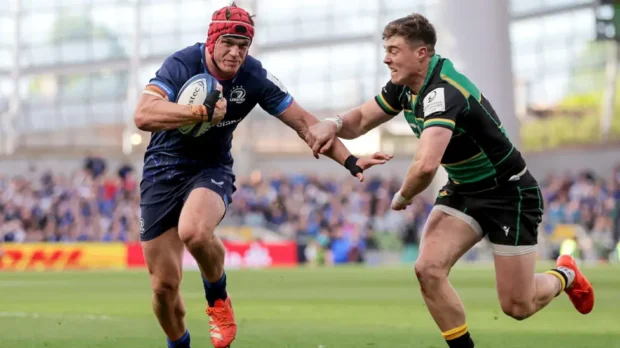
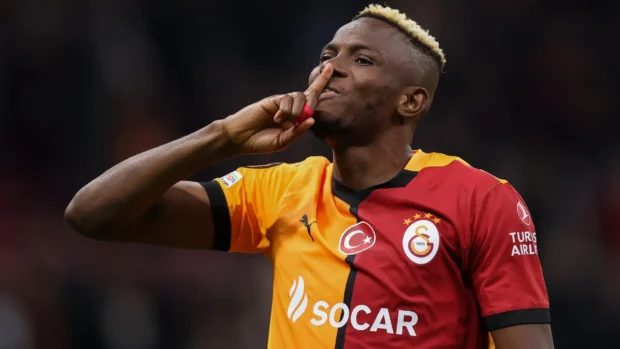
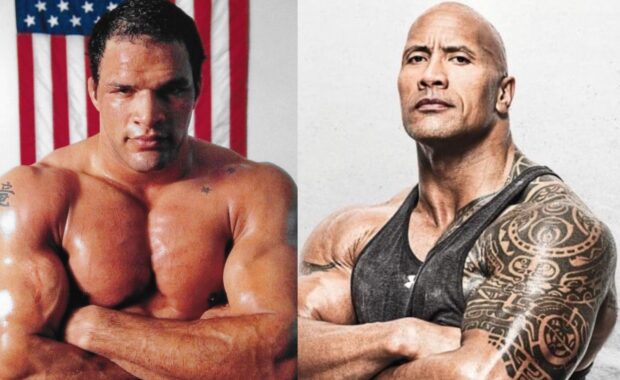
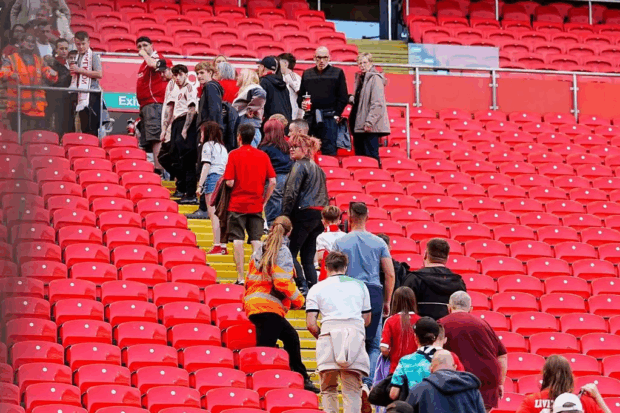

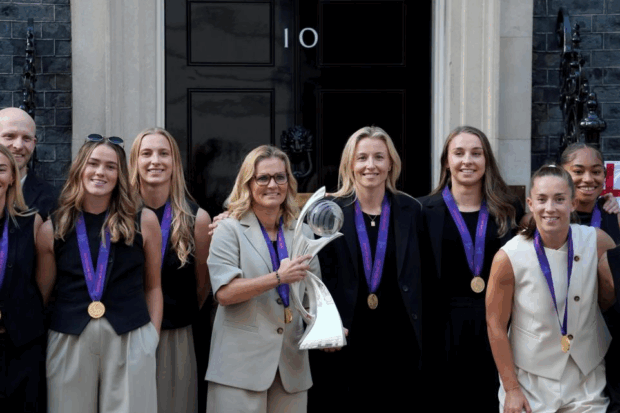

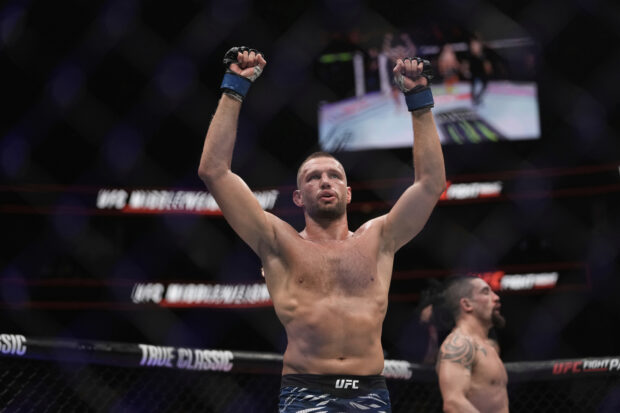
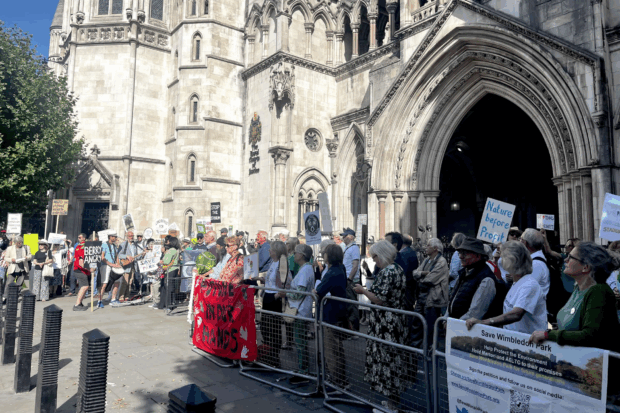
Be the first to leave a comment